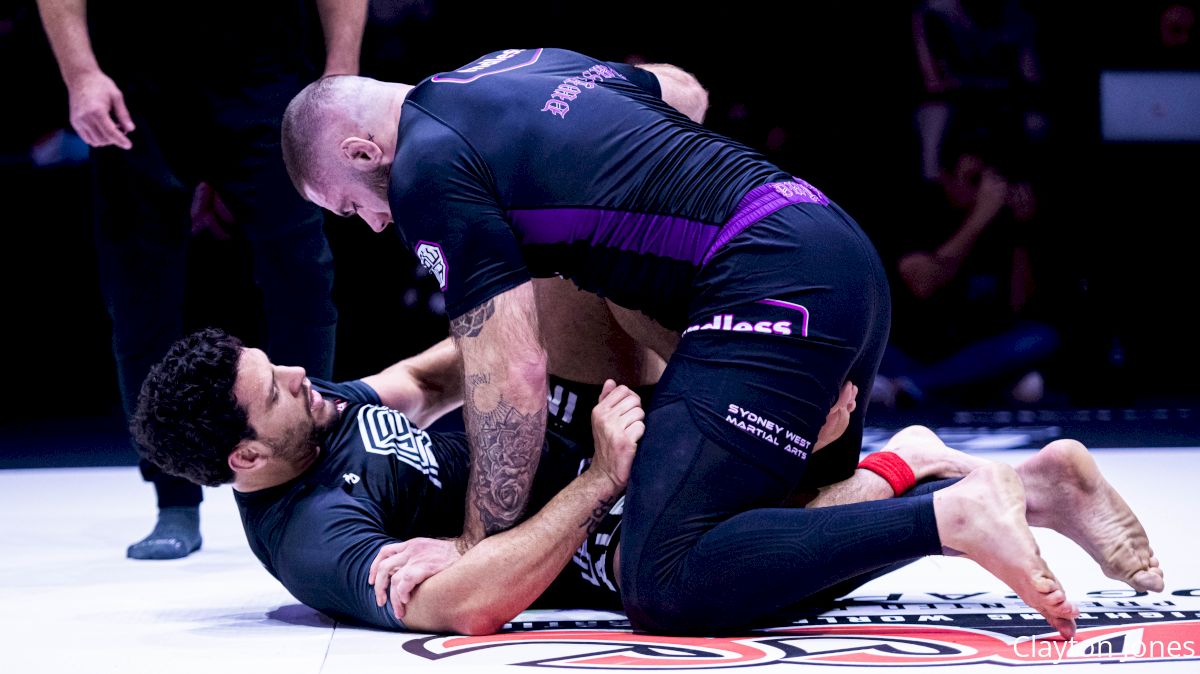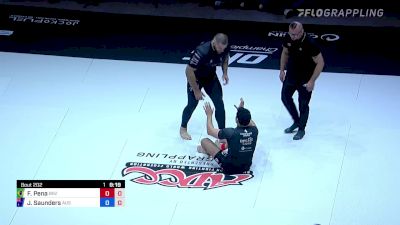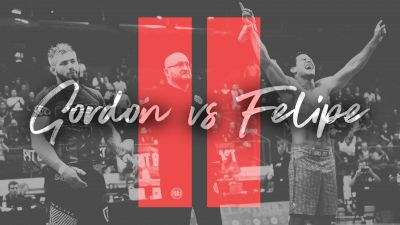What Makes Felipe Pena's No-Gi Guard Different: A Technical Breakdown
What Makes Felipe Pena's No-Gi Guard Different: A Technical Breakdown
A detailed look at what makes Felipe Pena's no-gi guard so successful against the best in the world

Felipe Pena has been an international force in no-gi grappling for nearly a decade, owning one of the most impressive resumes in the sport with regard to accolades and victories. He is an ADCC absolute champion, an IBJJF No-Gi World Championship double gold medalist, and the only man to defeat Gordon Ryan twice.
What makes Felipe even more impressive is the style on which he's built his career. Typically a guard player in elite competition, Felipe relies on a unique strategy where he purposefully hunts leg entanglements (particularly 50-50); but once he's there he seldom attacks the leg lock for a finish. Instead, he uses these positions to sweep to top, or waits for his opponent to drop in for a leg lock which he then turns into a back take. This isn't a strategy without risks, but Pena has only been heel hooked once as a black belt, so his defense has proven nearly immaculate.
Tickets are on sale now to watch Tezos WNO 19: Meregali vs Duarte presented live by Fat Tire!
The first real wrinkle to Pena's guard that is technically interesting is his posture. Rather than working from a seated position, Felipe instead chooses to play in the more gi-centric style where he is flat on his back. This is usually easier in the gi because of the ability to grip and pull an opponent in. In no-gi, where a competitor lacks that grip control to anchor to an opponent's upper body in a meaningful way, most competitors choose to sit up so they are faster and more mobile.
Felipe defends from guard with strong framing from the reverse De La Riva, knee shield, or half butterfly, depending on the amount of pressure his opponent brings down into his guard. Once there, he usually scoops the far leg and then begins to work his leg entanglements.

The usual sequence for Pena has been to initiate single leg-X, then moe to outside ashi, and from there, pull the leg across to 50-50. While he is capable from any of these positions, he seems to prefers the 50-50 — a position that offers great control because of the inner reap with the natural bend of the leg. Often, grapplers who hunt the 50-50 are doing so because they want the heel hook. Not Felipe, though. He has no heel hook finishes on his record and few (if any) attempts to speak of.
Instead, he is incredibly skilled at turning these positions and sweeps into back exposure, and when he takes his opponent's back he is one of the best in the world at finishing. In fact, he often does his best work when people drop in on his legs, with the most famous example being his 2017 ADCC match against Gordon Ryan.

Pena's reliance on 50-50 is part of what has made him so effective against Gordon. Beyond his world-class statsu as an all-around grappler, his specific strategy makes things interesting because of how little relative time Gordon has spent in 50-50 throughout his career, instead preferring to work from asymmetrical breaking positions like the inside sankaku or the outside ashi. By bringing the fight to 50-50 so consistently, Pena's strategy has complicated the usual rhythm of Gordon's offense and has brought him to a 2-1 record against the current ADCC Super Fight Champion.
Tickets are on sale now to watch Tezos WNO 19: Meregali vs Duarte presented live by Fat Tire!
Felipe Pena has offense from his guard that isn't 50-50 based, but it often relies on the same overlayed principle: create an advantageous scramble that results in back exposure, take the back, finish the fight. He also has a strong ability to move from the De La Riva to the crab ride, or a dangerous choi bar that he can threaten with. When facing the best, however, Felipe's unique method of sweeping and snatching victory has made him stand out as one of the most successful and stylistically unique guard players in no-gi grappling today.